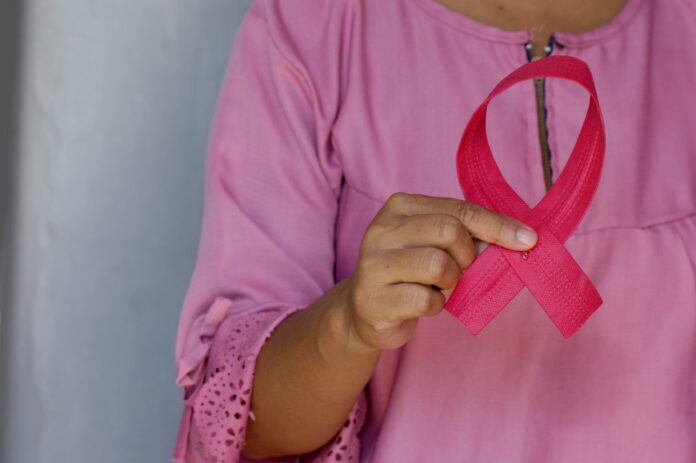In recent times, there has been a concerning rise in cancer cases among younger generations. The most recent data, analyzed by researchers from both China and the United Kingdom, reveals that cancer cases worldwide, affecting individuals aged 14 to 49, have surged by almost 80 percent over the period spanning from 1990 to 2019. Additionally, their report offers a projection that cancer instances within the under-50 age bracket will increase by a significant 31 percent by the year 2030.
This alarming trend serves as a stark reminder of the formidable impact of cancer, a malignant disease that consistently ranks among the leading causes of death on a global scale.
As per a report published by the South China Morning Post (SCMP), a team of researchers hailing from the University of Edinburgh and the Faculty of Medicine at Zhejiang University in China meticulously sifted through data originating from the 2019 Global Burden of Disease Study, encompassing 29 various cancer types across a staggering 204 countries and regions.
Their focus was centered on scrutinizing new cancer diagnoses, mortality rates, health-related ramifications, and the underlying risk factors within the demographic of individuals aged 14 to 49. The research team then proceeded to extrapolate annual percentage increases.
The outcome of this comprehensive analysis was indeed disconcerting. The researchers identified a substantial surge in new cancer diagnoses, totaling 3.26 million cases within the under-50 age group in the year 2019 alone.
This represents a staggering uptick of 79.1 percent when compared to the figures from 1990. To compound the issue, mortality rates within the same demographic witnessed a notable increase of 27.7 percent.
What became evident through this rigorous research endeavor was that, aside from genetic predispositions, unhealthy lifestyle choices played a pivotal role as primary risk factors for the development of cancer. Such detrimental habits include smoking, excessive alcohol consumption, and the consumption of diets rich in red meat and sodium.
Furthermore, factors such as obesity, sedentary lifestyles, and elevated blood sugar levels also contributed significantly to this worrisome trend.
However, there is hope on the horizon. The researchers emphasize that these risks can be substantially mitigated through proactive lifestyle modifications.
Adopting habits such as abstaining from smoking and limiting alcohol intake, reducing the consumption of red meat, sodium, and processed sugars while increasing the intake of fruits and vegetables, maintaining a healthy body weight, and engaging in regular physical activity can all contribute to a reduced risk of cancer.
The research also shed light on specific types of cancer that have come to the forefront. Breast cancer emerged as the most prevalent, accounting for 13.7 cases per 100,000 individuals. Concurrently, throat cancer and prostate cancer exhibited the highest growth rates, expanding by 2.28 percent and 2.23 percent annually, respectively.
Undoubtedly, the key takeaway from this study is the critical importance of early detection. Detecting cancer in its earlier stages invariably leads to more effective treatment and improved outcomes.
In light of this concerning trend, the American Cancer Society strongly advises individuals to remain vigilant and attuned to potential symptoms that may signify the presence of cancer.
These include alterations in bowel or bladder habits, non-healing sores, abnormal bleeding or discharge, palpable thickening or unusual lumps in the breast or elsewhere, digestive disturbances or difficulty in swallowing, noticeable changes in warts or moles, and persistent cough or hoarseness.
In conclusion, while the rise in cancer cases among younger individuals is a troubling reality, it serves as a stark reminder of the importance of leading a healthy lifestyle and prioritizing early detection through regular check-ups and screenings.
By taking proactive steps to reduce risk factors and increase awareness, individuals can contribute to a brighter and healthier future within the dynamic landscape of Indonesia’s healthcare.


















